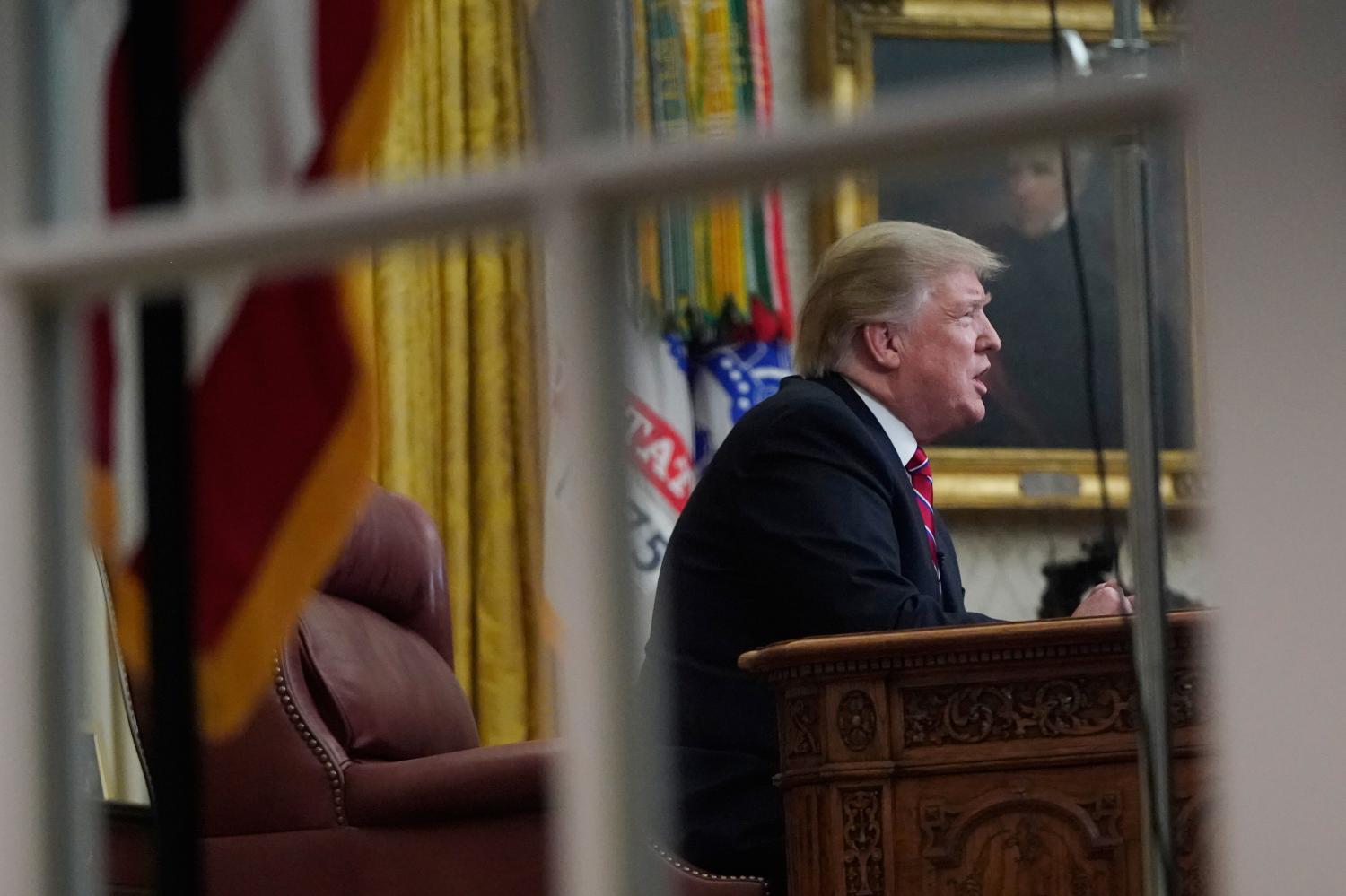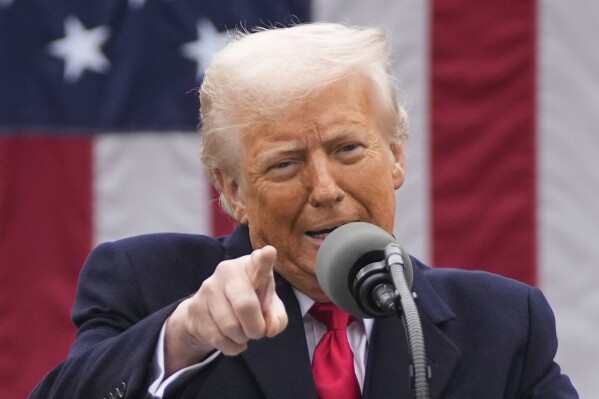Okay, let me tell you about this one time I got absolutely schooled by polls. I used to think numbers told the whole story, you know? Especially those fancy election polls. I was hooked, thought they were the real deal, the closest thing to a crystal ball.

My Big Polling Project
So, there was this one big election cycle, the one everyone was talking about, the one that had that “trump” card played right at the end, completely messing with what the pollsters were predicting. I decided, in my infinite wisdom back then, that I was going to really dig in. I wasn’t just some guy passively reading the news summaries; oh no. I was down in the trenches, collecting data like a maniac.
- I had spreadsheets, man, so many spreadsheets they’d make your head spin.
- I was tracking different pollsters, their past records, their methodologies – or what little they revealed. Updated them daily, sometimes more.
- I even tried to cobble together my own little prediction model. Wasn’t aiming to publish it or anything, just trying to make sense of the noise, maybe look smart in front of a few buddies. You know how it is.
I genuinely believed I was getting a clear picture. I’d stare at the trendlines, the averages, the so-called margins of error, and felt pretty smug about how things were gonna pan out. I was probably insufferable, sharing my “brilliant insights” with anyone who’d listen, or even those who wouldn’t.
Then Came the “Disaster”
Well, election night finally arrived. And let me tell you, it was like watching a train wreck in slow motion if you’d put all your eggs in the polling basket like I did. My little project? My super confident predictions? Total garbage. Utterly, spectacularly wrong. It wasn’t just off by a percentage point or two; it was a complete and utter faceplant. A real polling disaster, and I had a front-row seat to my own failed experiment.
I remember just sitting there, glued to the screen, and my jaw just kept hitting the floor with every new state that got called. Everything I thought I knew, all that data I’d meticulously gathered, it all just crumbled to dust. It was humbling, to put it mildly. Felt more like a swift kick to the ego, if I’m being honest.
So, What Actually “Trumped” the Polls?
After the shock wore off, I spent a good chunk of time mulling it over, trying to figure out what the heck went so sideways. It wasn’t just one simple thing, I reckon. It was more like a perfect storm of factors that the polls just couldn’t, or wouldn’t, see:

- The “Silent” Crowd: Maybe a whole lot of folks just weren’t telling pollsters their real intentions. Who can blame them, with how heated things get?
- Flawed Models: I bet a lot of those fancy models were built on assumptions that just didn’t hold up. They probably misjudged who would actually turn out to vote, or how certain groups felt deep down.
- Bubble Trouble: We were all, myself included, probably stuck in our own little information bubbles. Reading the same stuff, talking to the same people, seeing polls that just confirmed our biases.
- The Unseen Wave: There’s always that X-factor, isn’t there? That undercurrent of feeling, that raw emotion that data points on a chart can’t ever truly capture. That’s what really flipped the script, I think. That’s the force that trumped all the predictions.
It was a tough pill to swallow. All those neat, tidy numbers, they just didn’t reflect the messy reality of what people were thinking and feeling. It’s like trying to judge a book by a cover that was photoshopped by a committee – you get a distorted picture, at best.
What I Do Differently Now
So yeah, that whole fiasco really hammered home a lesson and changed how I look at polls, and frankly, any kind of predictive data. I’m a whole lot more skeptical these days. I don’t just swallow numbers whole anymore. I try to look behind them. Who paid for this poll? What questions did they ask, and more importantly, what did they not ask? What’s the agenda?
It’s not that polls are completely useless. They can offer a glimpse, a snapshot of a moment. But that’s all it is – one tool in the box, and often a pretty blunt or even bent one. You’ve got to mix it with a heavy dose of skepticism, some on-the-ground observation if you can get it, and always, always keep in mind that the data can be misleading, or plain wrong. That polling disaster definitely trumped my old naive faith in numbers, and for that hard-earned wisdom, I guess the painful practical lesson was worth it in the end.
